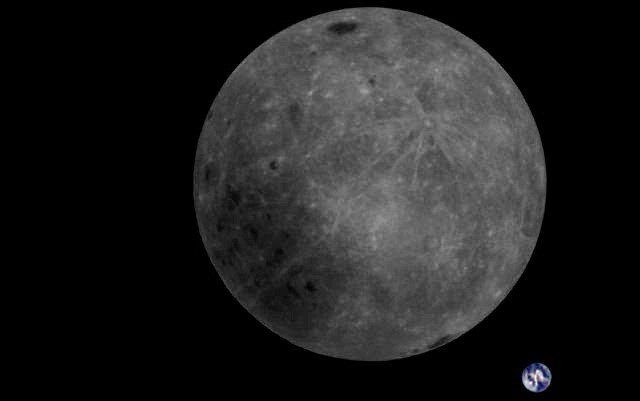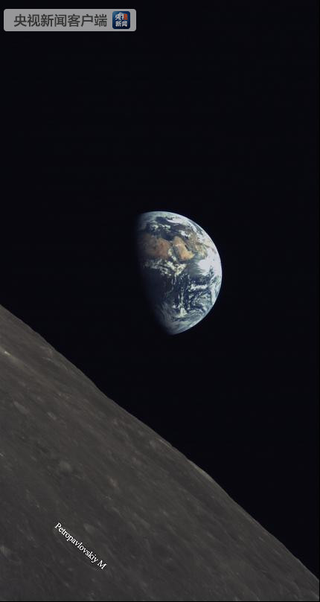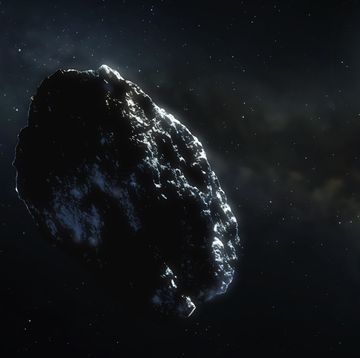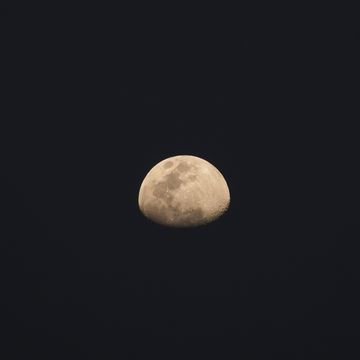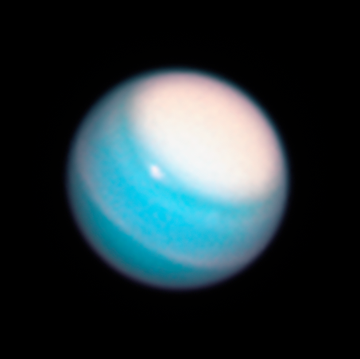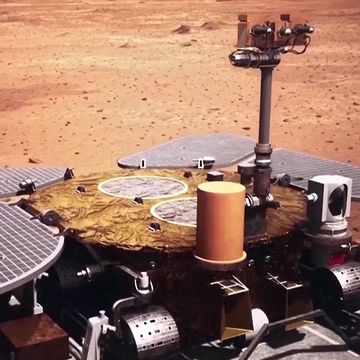China's Chang'e-4 mission made history by landing on the far side of the moon, and now it's exploring the area in unprecedented detail. As China's Yuta-2 rover explores the surface, its lunar satellites are relaying back to Earth stunning pictures of this mysterious and hard-to-reach area.
The photo above was taken by Longjiang-2, a small satellite that a Chang'e-4 relay satellite unloaded on its way to the moon last May. Longjiang-2 is small, just under 100 pounds (45 kilograms) and is around 20 by 20 by 15 inches in size (50-50-40 centimeters). It was meant to be part of a pair with Longjiang-1, but its sibling malfunctioned and became inoperable. Now Longjiang-2 orbits the moon by its lonesome, testing out future radio astronomy and interferometry techniques (studying what happens when light, radio, electromagnetic, and various other types of waves are met with interference).
Only one of the two microsatellites was outfitted with an optical camera developed by the King Abdulaziz City for Science and Technology of Saudi Arabia. Luckily for us, it was Longjiang-2.
The photo—the first photo with the moon's far side and the Earth in the same shot—calls to mind the famed 1968 photo from Apollo 8 astronaut William Anders, "Earthrise."
At the same time, the Yuta-2 lander is finding data that differs from the early Apollo testing of lunar soil. "According to the measurements of Chang’e-4, the temperature of the shallow layer of the lunar soil on the far side of the Moon is lower than the data obtained by the U.S. Apollo mission on the near side of the Moon,” says Zhang He, executive director of the Chang’e-4 probe project, speaking to China's state media Xinhua. “That’s probably due to the difference in lunar soil composition between the two sides of the moon. We still need more careful analysis,” Zhang said.
It speaks to the chance that the moon's far side and its Earth-facing side might possess different environments, starting with their ability to retain heat. Expect the data—and the photos—to keep rolling in.
Source: MIT Technology Review
David Grossman is a staff writer for PopularMechanics.com. He's previously written for The Verge, Rolling Stone, The New Republic and several other publications. He's based out of Brooklyn.
